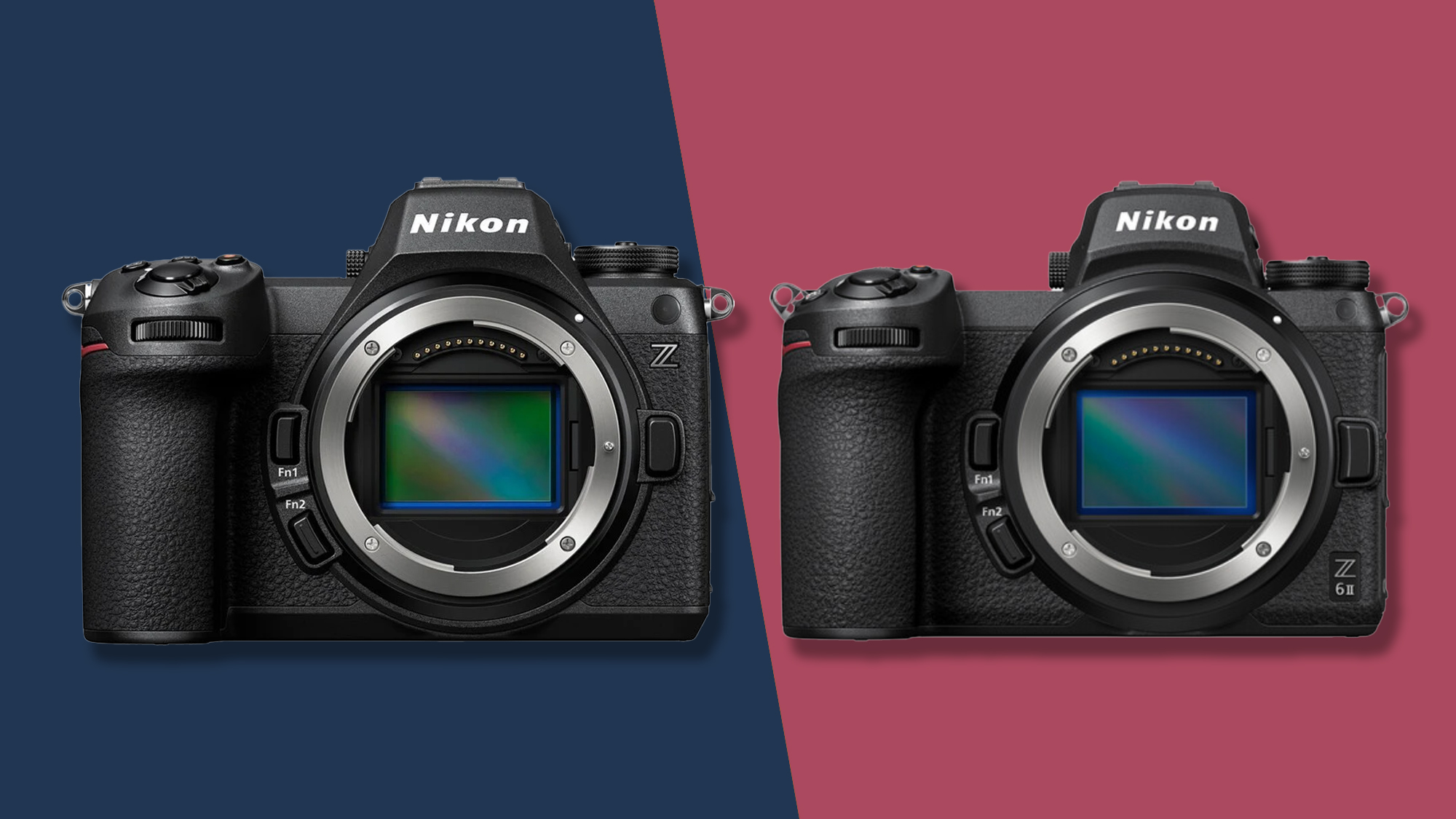
The Nikon Z6 III is a sizable update over the Z6 II, boasting a 3.5x faster sensor readout, better autofocus, brighter viewfinder, vari-angle LCD, the latest in-body image stabilization and impressive video features; the cameras share the same 24.5MP resolution, familiar build and handling. The Z6 III is pricier, but you get a lot more bang for buck.
For
- Partially stacked 24.5MP sensor
- Bright 5.76m-dot viewfinder
- Superb autofocus for action
- Outstanding video features
Against
- Pricier than Z6 II
- Resolution is just 24.5MP
Launched in October 2020, the Nikon Z6 II is a little dated now but it's still an excellent all-rounder, producing crisp 24.5MP photos and excellent image quality in low light, and offering snappy 14fps continuous shooting, and decent video performance. However, the pricier Z6 III improves on the Z6 II in every area that counts, and is an all-round quicker camera that's even better for filmmakers.
For
- Excellent all-rounder
- A cheaper option than the Z6 III
- Excellent handling
Against
- Simpler subject-detection autofocus
- Tilt touchscreen only
- Slower sensor readout than Z6 III
I've been shooting with the Nikon Z6 II for years now, and it's a superb all-rounder mirrorless camera that has served me well for personal and professional work – so when the Nikon Z6 III was in the works I was in an excellent position to write about the three things I most wanted in a Z6 II successor.
In short, those three things were more versatile subject-detection autofocus, improved design and handling, and improved speed. Now the Z6 III is official, and it's a surprisingly big upgrade, delivering on all three of the above counts but also bringing so much more to the table. Where the Z6 II was a minor upgrade over the Z6, the Z6 III delivers a raft of improvements.
Having thought about the latest model's specifications, and following my Z6 III hands-on time, I've put together a list of the most meaningful improvements that the Z6 III offers over the Z6 II. Both cameras are excellent, but the Z6 III has me seriously considering an upgrade – here are my top five reasons why the Z6 III could become my new main camera, and one reason why I might hold off.
1. Better subject-tracking and low-light autofocus
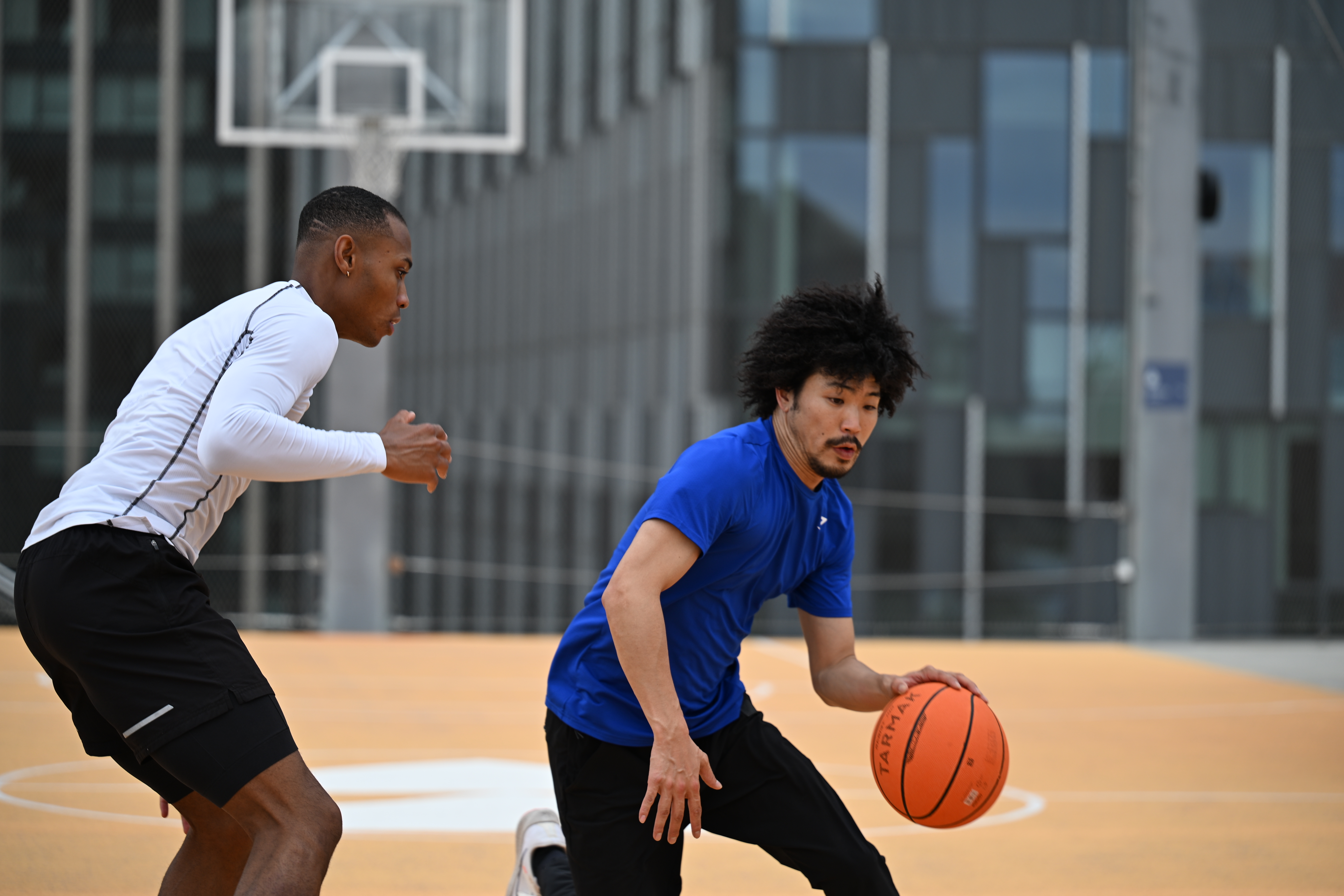
Earlier this year I took the Nikon Z6 II, with a pro 400mm prime lens, on safari, and I felt held back by the camera's subject-detection autofocus performance for various subjects, including animals. I'd previously had a taste of the Nikon Z9 and Nikon Z8's superb autofocus for people, animals and vehicles, and now, going back to the Z6 II, I was making do with a simpler system, and I often needed to manually intervene to acquire sharp focus – a luxury that isn't usually afforded to you by fast-moving wildlife.
Better autofocus performance shot up my wishlist, and if I was to upgrade to the Z6 III, that wish would be granted. The new camera has the same autofocus speed and performance as the mighty Z8 and Z9, and although the array of subjects is narrower – for example birds are lumped into the general animal subject-detection autofocus setting rather than having a dedicated mode – Nikon says the Z6 III will still pick up birds in that mode.
When I was shooting fast-moving basketball players with the Z6 III, and comparing directly with my own Z6 II that I also had with me, the autofocus felt much stickier. The Nikon Z6 II's autofocus majorly impressed me when I first upgraded to it from a DSLR, and with the Z6 III I'm getting that feeling all over again.
2. Brighter viewfinder and versatile screen
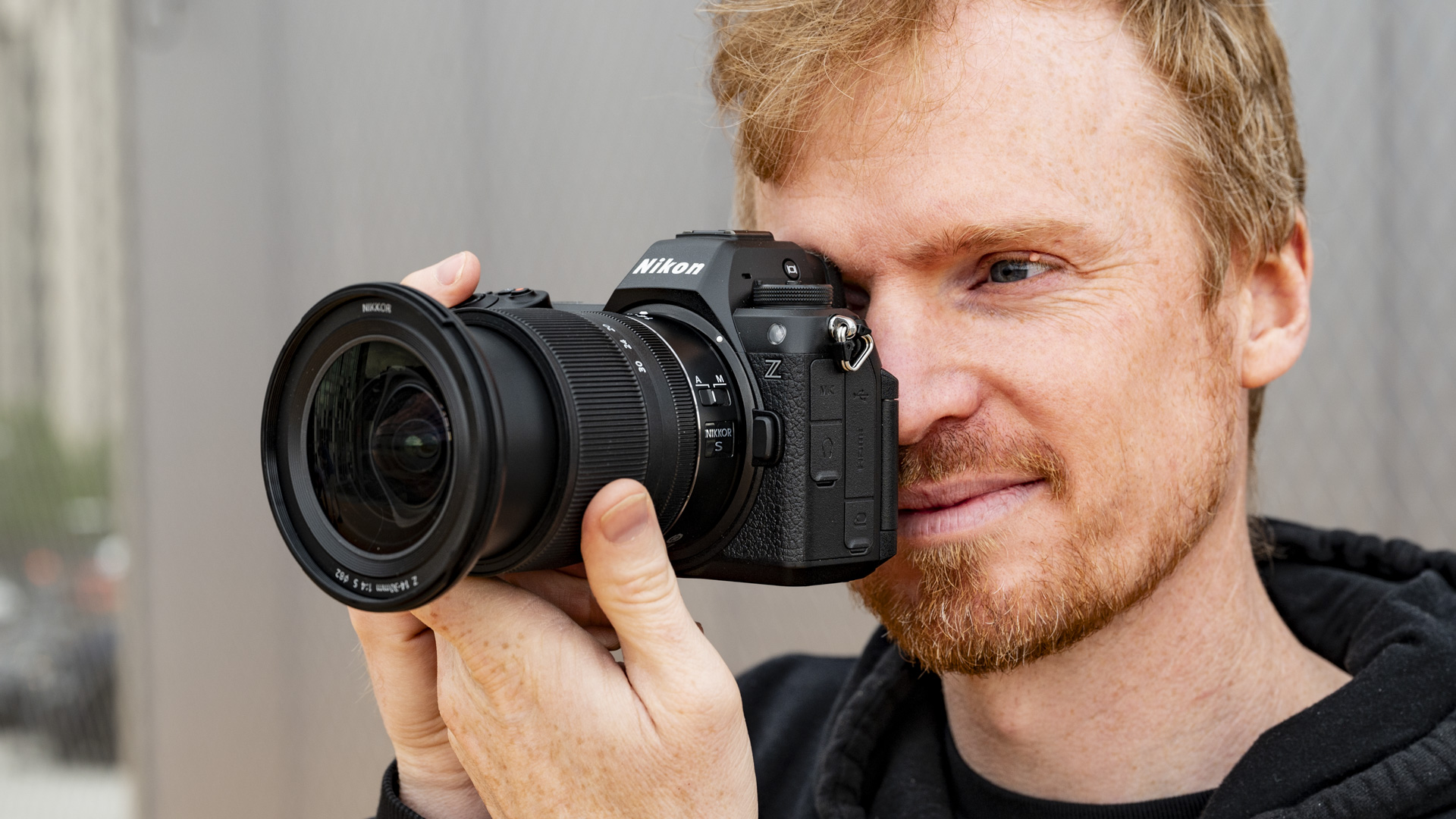
The 3.76m-dot electronic viewfinder (EVF) on the Nikon Z6 II isn't bad, but the display of the Z6 III's is notably brighter and packs more detail – again I had the opportunity to directly compare the displays during my brief Z6 III hands-on.
Furthermore, the Z6 III's EVF is the best of any Nikon camera, surpassing the one used in the pricier Z8 and Z9. It's the highest-resolution EVF Nikon has made at 5.76m dots. However, what's super-impressive is just how bright and punchy it is – Nikon was at pains to tell TechRadar that the Z6 III's EVF is the brightest on the market, rated at 4,000 nits (versus 3,000 nits on the Z8).
It also has a wide DCI-P3 color gamut – that's a first for any mirrorless camera – with an almost HDR-like display. Unlike some other systems, that full-resolution display is maintained during shooting and image playback – there are no compromises.
There's also been a change in screen design: the Z6 II has a tilt touchscreen, whereas the Z6 III has a flip-out vari-angle LCD. With the screen pulled out, that sizable EVF no longer gets in the way of the screen display when you're shooting at low angles.
3. A speedier sensor
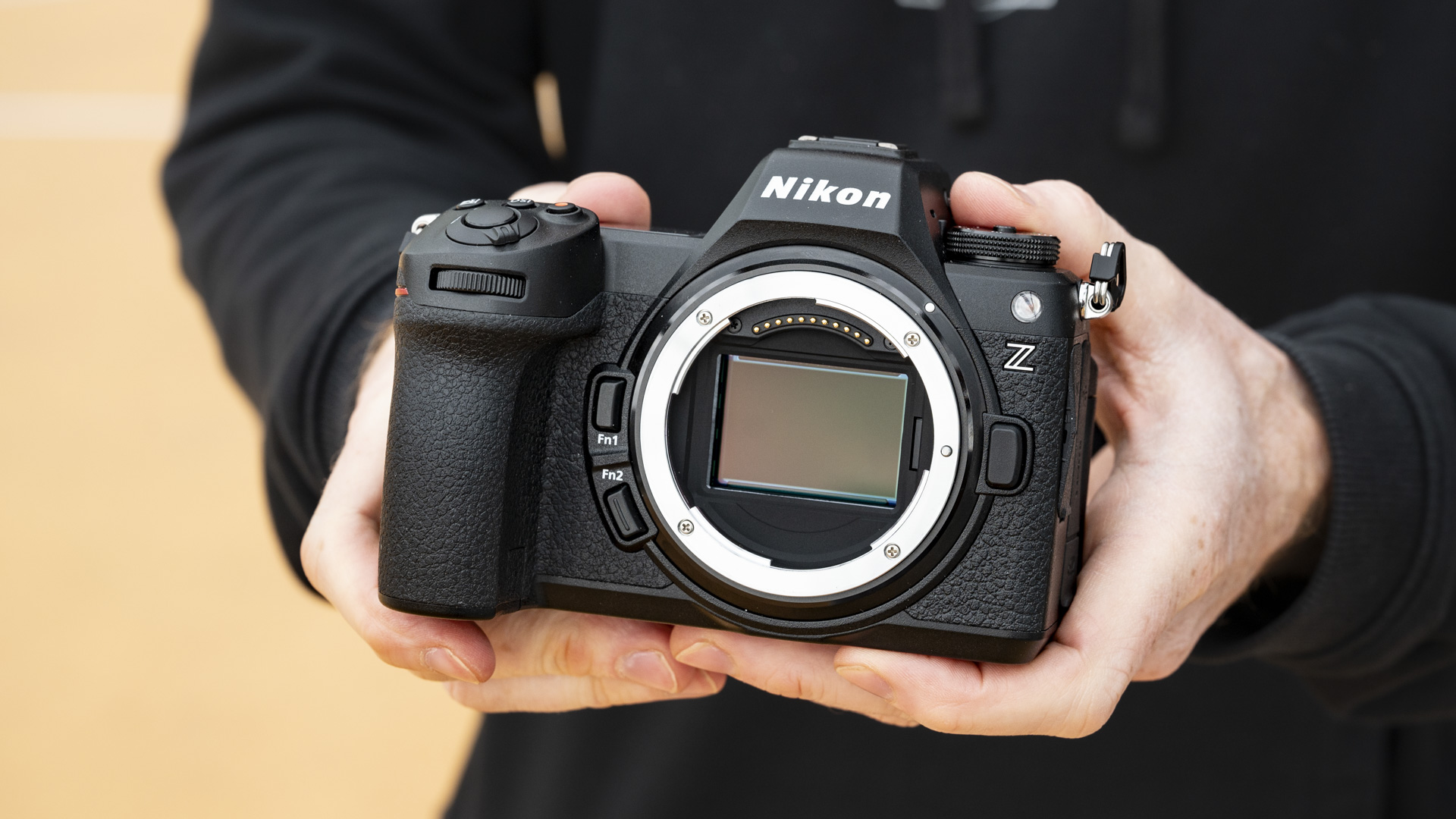
Nikon has designed the first 'partially stacked' sensor for the Z6 III. It's not quite as quick as the stacked sensor in the Z8 and Z9, but it's 3.5x quicker than the regular sensor in the Z6 II and boasts best-in-class performance, outdoing the Canon EOS R6 II and Sony A7 IV.
The Z6 III's improved sensor readout speed should lessen rolling shutter distortion, and make for a better video camera than the Z6 II. It also improves continuous burst-shooting performance. The Z6 II was already a speedy performer, but the Z6 III goes up another gear, delivering 120fps burst shooting with continuous autofocus and auto exposure when shooting JPEG-only and in the 'DX' APS-C crop mode, or 60fps shooting 24.5MP full-frame JPEGs. Buffer performance is better too, with the Z6 III able to sustain high-speed shooting for longer.
You also get pre-release capture for up to one second, for the times that your reactions aren't quite up to speed – the Z6 II doesn't feature pre-release capture.
4. Improved image stabilization
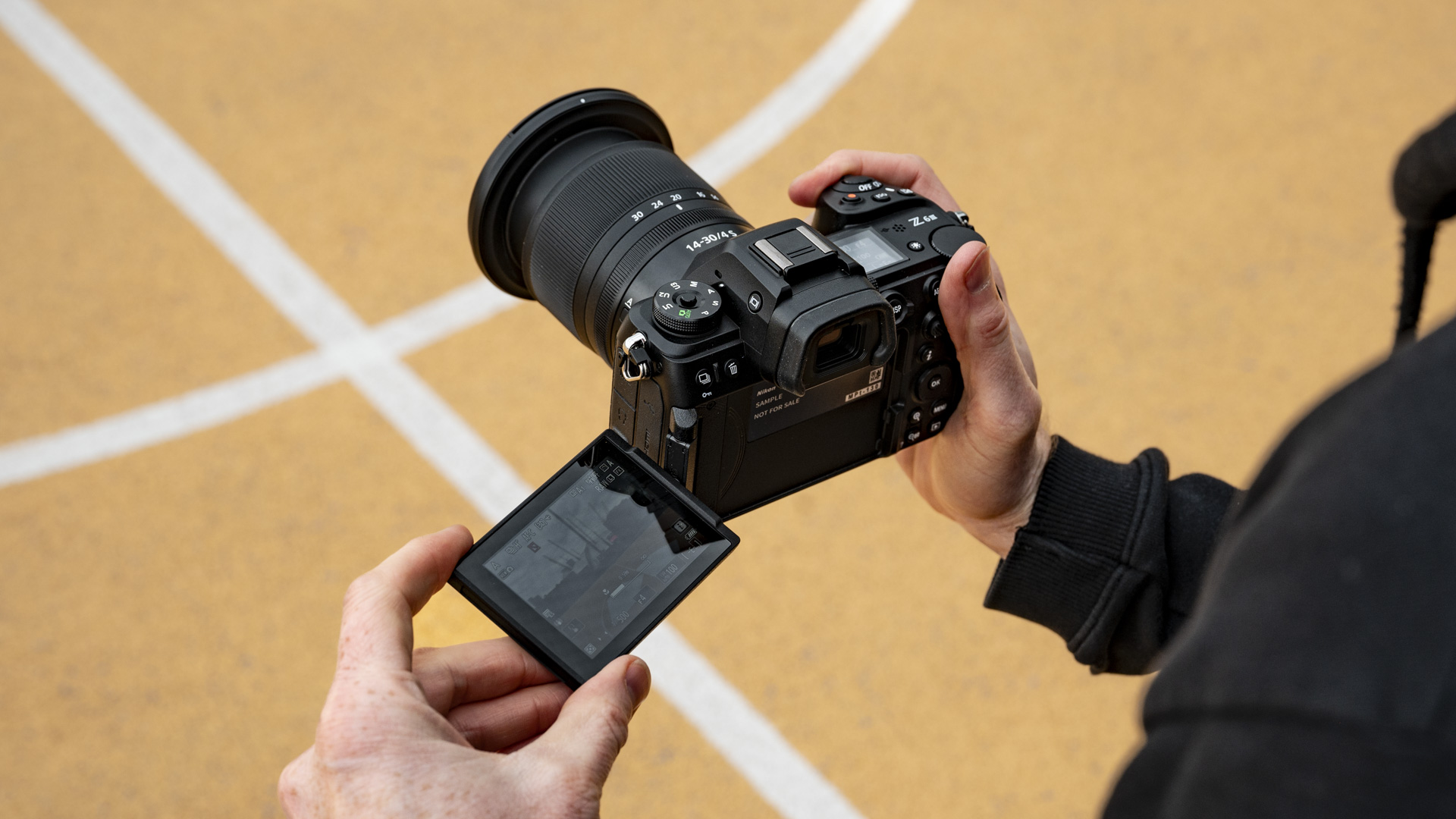
I've always felt that in-body image stabilization (IBIS) is the number one reason to upgrade from a DSLR to mirrorless: you can shoot handheld and get sharper photos and smoother videos. The Z6 II has reasonable IBIS; however it doesn't match the competition. That could change with the Z6 III, which features much improved in-body image stabilization performance, to the same degree as the Nikon Zf.
It's the best 5-axis IBIS implementation by Nikon yet, with up to eight stops of compensation, as well as electronic vibration reduction for video. Nikon also touts its Focus Point VR mode, which adjusts the starting position of the 5-axis system to your subject, consequently improving performance by up to one stop over the regular mode, which is fixed to the centre of the frame.
I hope that in more comprehensive testing the Z6 III's stabilization will indeed prove more effective than in the Z6 II, and perhaps bring Nikon up to speed with rivals.
5. Better video features
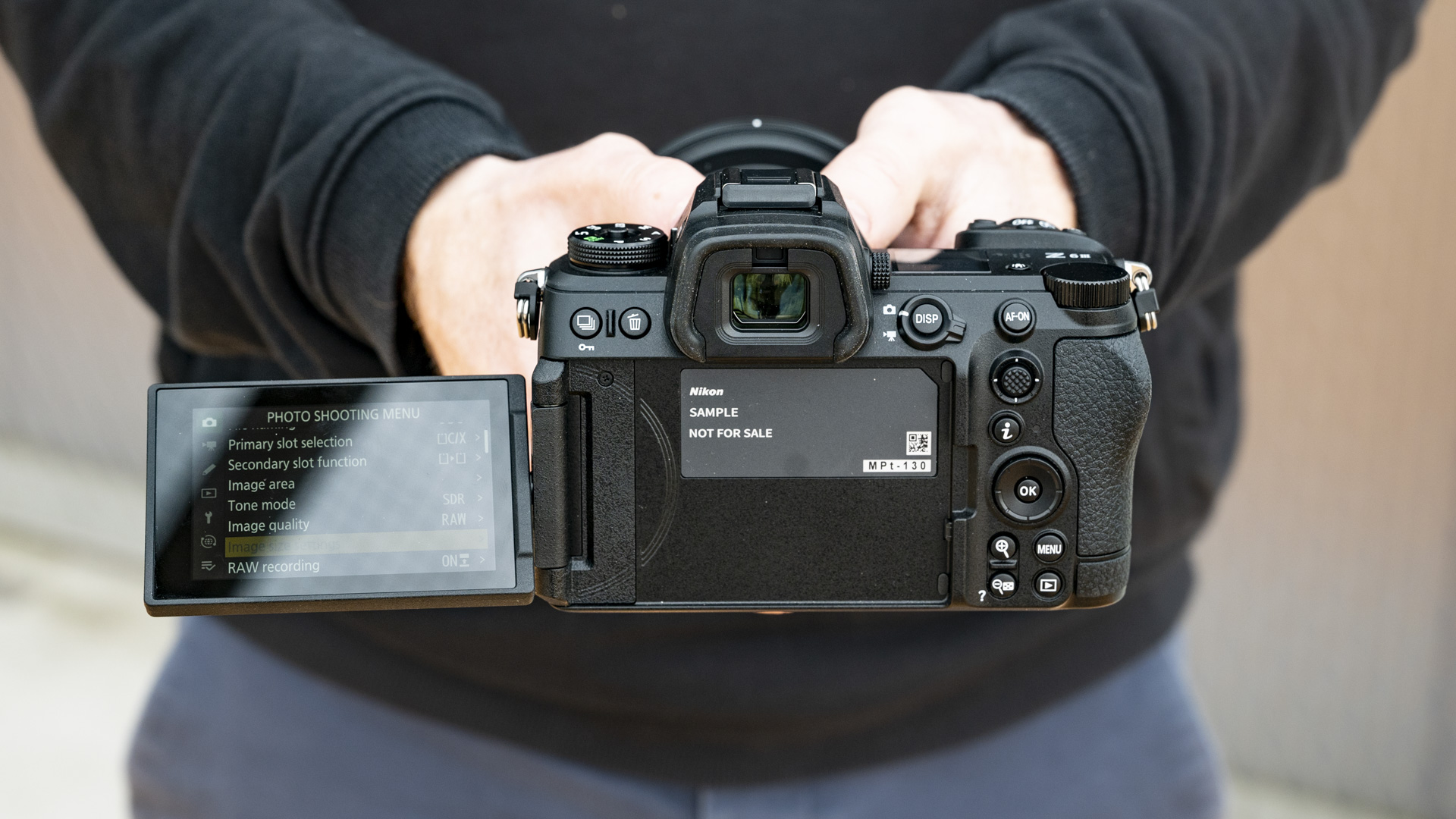
Many of the above points impact video performance; the partially stacked sensor counters rolling shutter distortion, improved IBIS makes for smoother handheld shooting, and subject-detection autofocus is stickier. There's also an impressive array of video shooting modes, more than on the Z6 II.
You get 4K & 6K 12-bit raw video up to 60fps, in-camera with no need for an external recorder. That 4K video is oversampled, while regular 10-bit 4K video in log profile is available up to 120fps. Slow-motion recording is now up to 240fps (10x) in FHD.
There's also direct line-in audio port, and now a full-size HDMI, plus a high-res zoom mode. Max record time is also improved, up to 120 minutes despite the camera (like its predecessor) not having a cooling fan. These are incredible video features for any camera, and a big step up from the Z6 II.
Why the Z6 II is still a great option
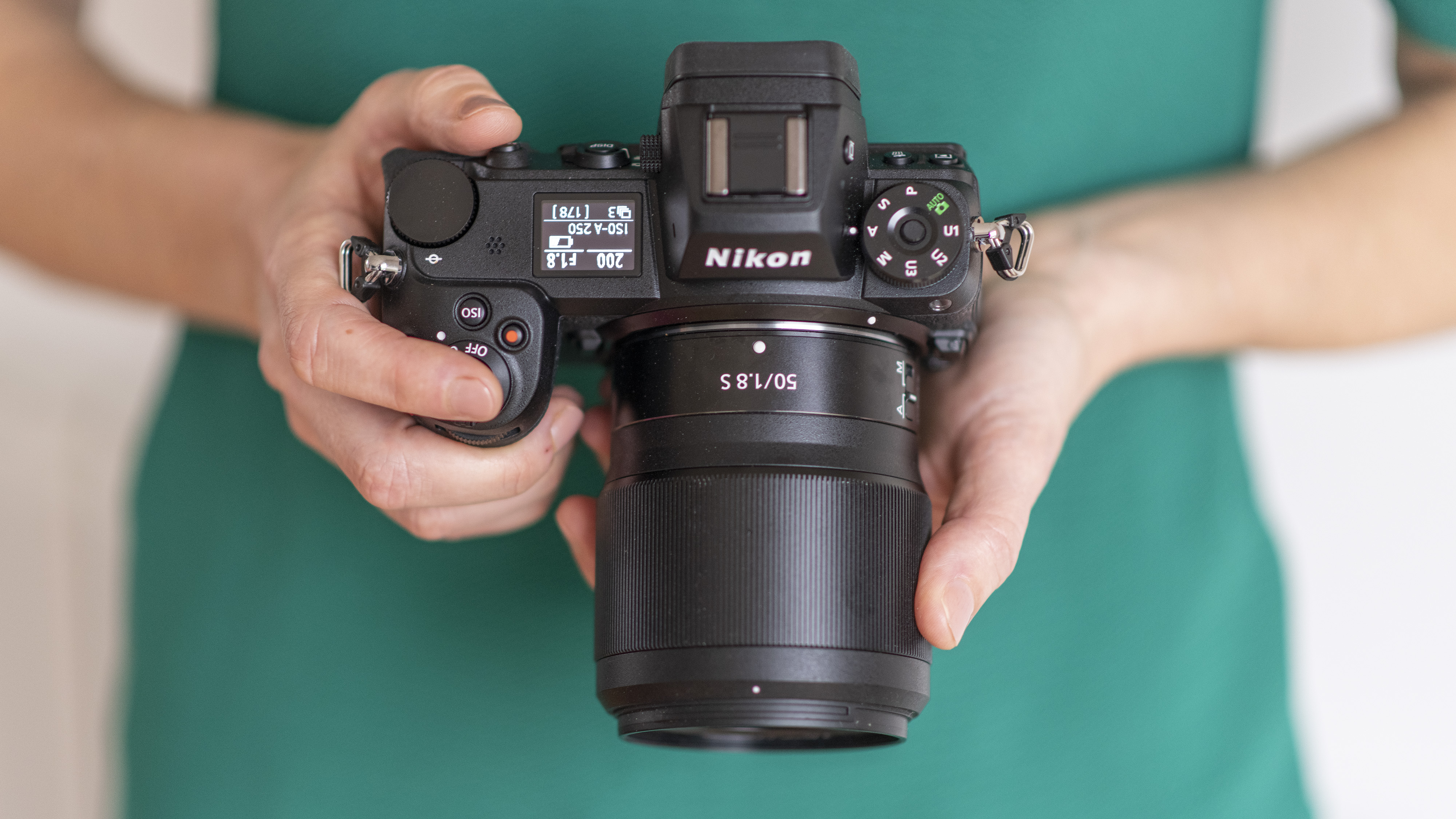
As you might expect, especially with almost four years between cameras, the newer Z6 III model costs more. And regardless of the fact that the older Z6 II can now be bought at discounted prices, the Z6 III enters the market at a much higher price point.
The Nikon Z6 II launched at $2,000 / £1,999 / AU$3,399, while the Z6 III costs $2,500 / £2,699 / AU$4,499 for the body only. Furthermore, most retailers are offering a price reduction on the Z6 II, and it's around $1,500 / £1,500 / AU$2,600 now, which is close to half the price of the Z6 III.
The argument for the Z6 III is that it gives you plenty of extra bang for your buck, and that's certainly the case. And by today's standards, the Z6 III is sensibly priced, and even, arguably, aggressively priced: the Canon EOS R6 II launched for the exact same price. However, not everyone needs that extra bang, and the fact that Nikon will continue selling the Nikon Z6 II is telling.
Both cameras shoot 24.5MP stills and largely offer similar handling. Unless you're shooting particularly fast-moving action or need next-level pro video features, then you'll probably get the same picture quality from both cameras. If portraits and landscapes are more your thing over wildlife and sports then you could make do without the Z6 III, while photographers new to the system could opt for the Z6 II instead of the Z6 III, and use the savings to level up their photography by picking up a lovely Nikon Z lens instead.







